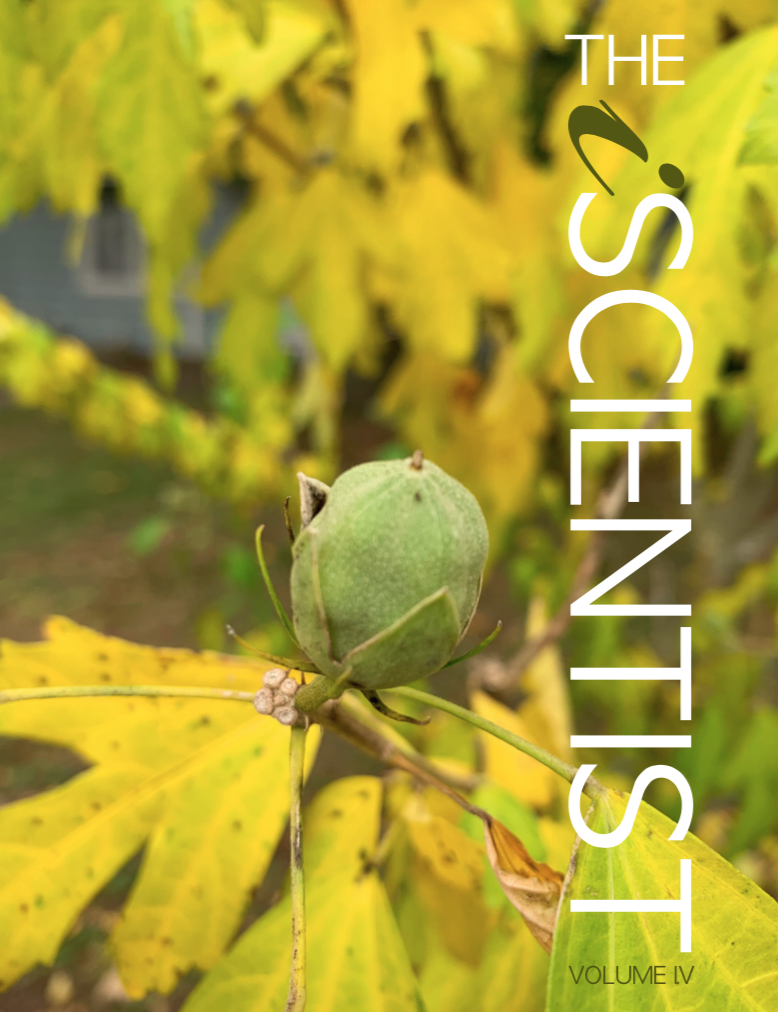Improved surface gravity and mass constraints for substellar objects from spectral line profile measurements at high resolution in the near-infrared
Abstract
Observed extra-solar systems within the Milky Way are comprised of stars and substellar objects (planets and brown dwarfs). Standard methods for measuring the mass of isolated brown dwarfs and directly-imaged giant planets are indirect, and rely heavily on largely uncalibrated theoretical models. Consequently, current mass estimates for many of these substellar objects are highly uncertain. With the arrival of new high resolution instruments such as SPIRou comes opportunity for new methods and improved constraints. We present an observational method to constrain the mass of substellar objects precisely, and demonstrate its feasibility on simulated SPIRou observations. We use a cross correlation technique to find the average shape of the absorption lines in an object’s spectrum, and determine its surface gravity to high precision through quantitative comparison to reference models. The average line profile width has the properties of being dependent on surface gravity and independent on the choice of reference model. Our results suggest that by using the average line profile, surface gravity can be constrained to better than 5%, and mass can subsequently be estimated to a precision of 10-15%. Performing our method on real high-resolution observations will provide the ultimate test.
Downloads
Published
Issue
Section
License
Authors who publish with this journal agree to the following terms:- Authors retain copyright and grant the journal right of first publication with the work simultaneously licensed under a Creative Commons Attribution License that allows others to share the work with an acknowledgement of the work's authorship and initial publication in this journal.
- Authors are able to enter into separate, additional contractual arrangements for the non-exclusive distribution of the journal's published version of the work (e.g., post it to an institutional repository or publish it in a book), with an acknowledgement of its initial publication in this journal.
- Authors are permitted and encouraged to post their work online (e.g., in institutional repositories or on their website) prior to and during the submission process, as it can lead to productive exchanges, as well as earlier and greater citation of published work (See The Effect of Open Access).


